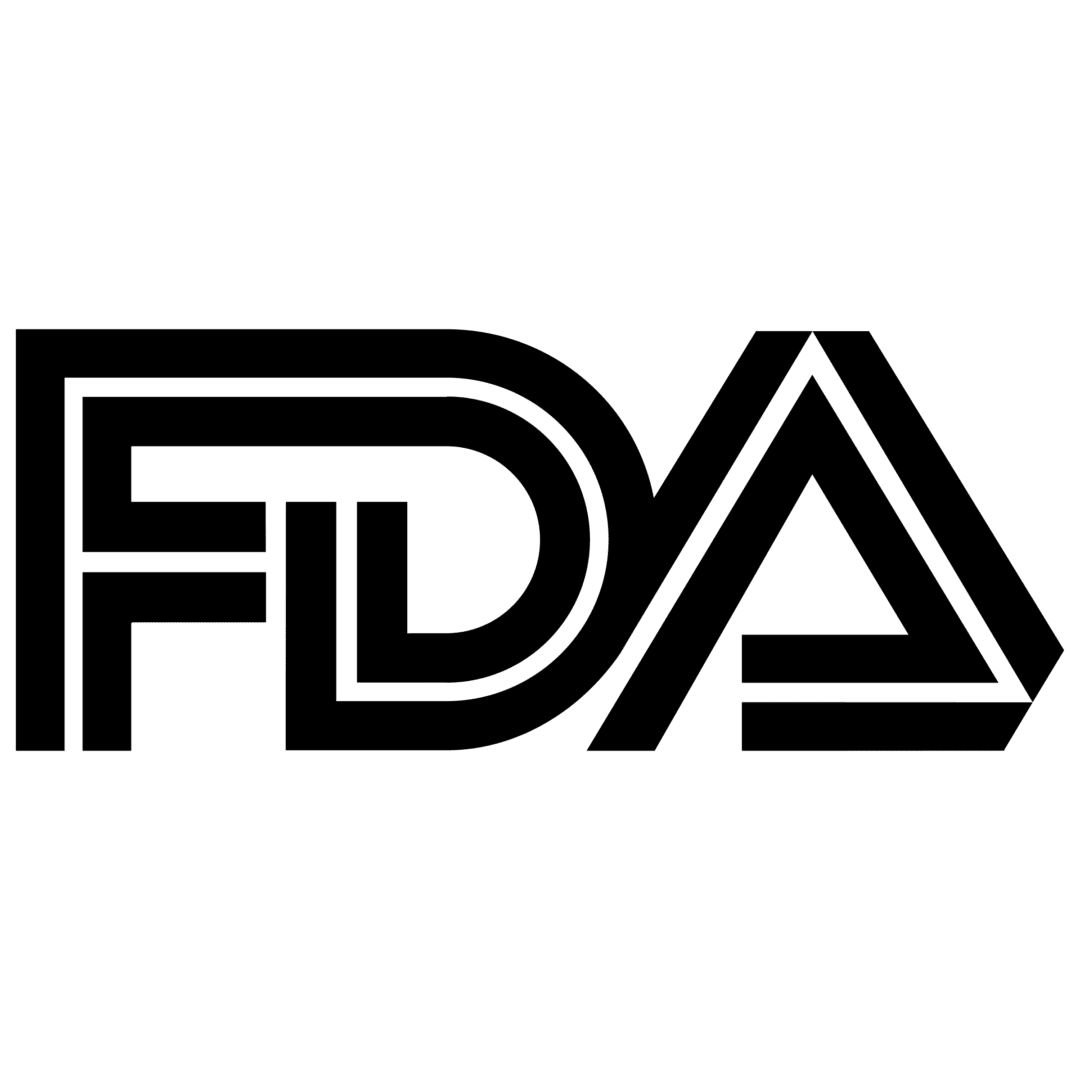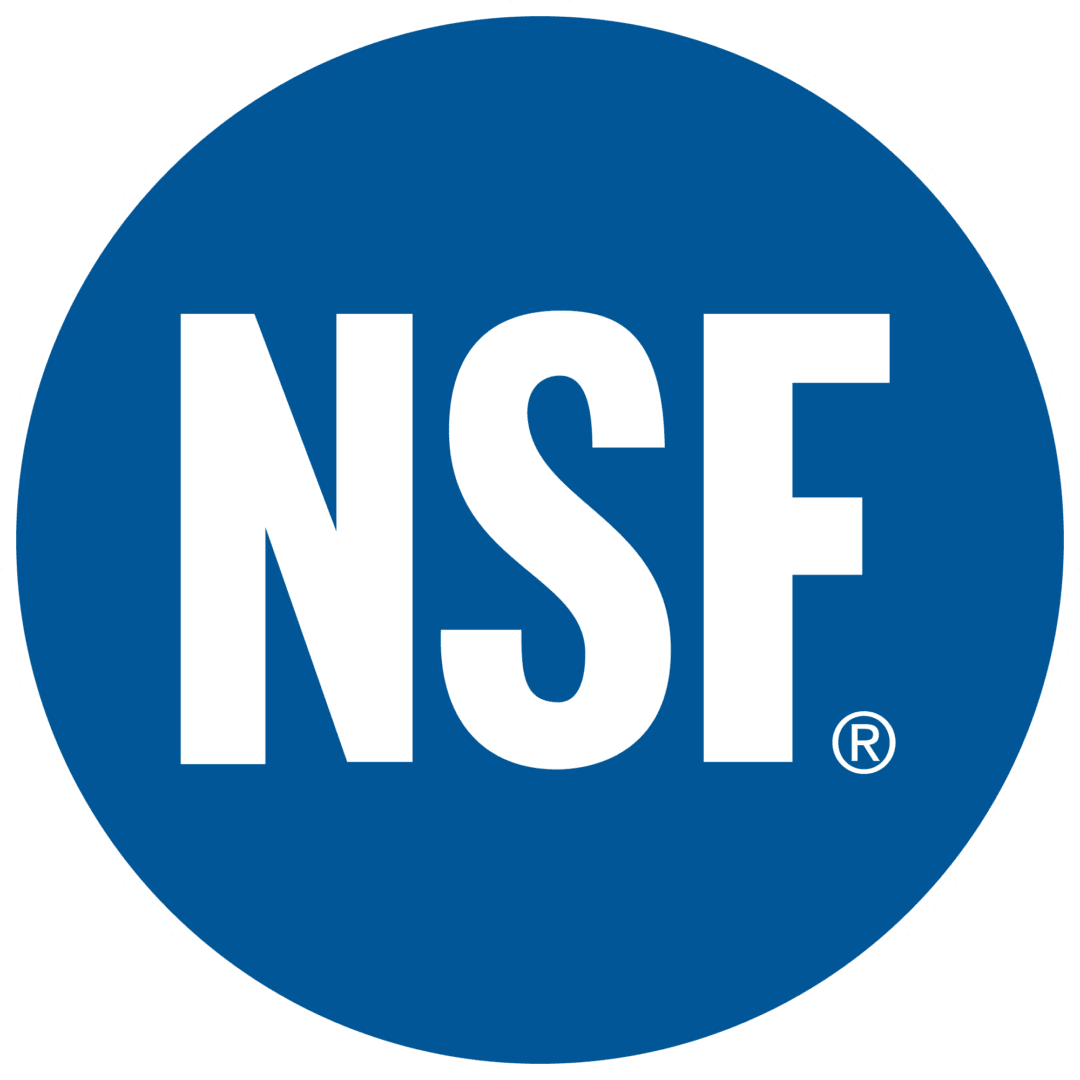




Recognized by the USDA as a Hard-Surface Sanitizer
The NSF White Book Listing replaces the now terminated U.S. Department of Agriculture (USDA) Listing of Proprietary Substances and Nonfood Compounds. Please see Section II - USDA Approval for Hard-Surface Sanitation for more information.
II. Recognized by the USDA for Hard-Surface Sanitation
Prior to 1998 the USDA/FSIS published a list of authorized nonfood compounds including those making sanitization claims. These compounds were published in a book called the "USDA White Book". Only nonfood compounds listed in the "USDA White Book" were permitted in a meat or poultry plant under USDA/FSIS jurisdiction.
In 1998, the "USDA White Book" was terminated (final publication was July, 1998). Two Federal Register notices, published August 25, 1997 and the final on February 13, 1998, announced the end of the USDA authorization program. The last authorizations were made and published in July 1998. The FSIS significantly altered their approach to facility inspections, eliminating the need for USDA product evaluation.
FSIS moved away from prescriptive regulation to performance-based reviews. This new approach was driven by the established system of Hazard Analysis and Critical Control Point (HACCP) facility operation. Under HACCP, all meat and poultry establishments must identify and manage critical control points for food processing. Control points are defined as those where chemical, physical, and microbial contamination may occur. Once these points are identified, the processor must reduce contamination risk and maintain documentation describing the corrective actions taken. For nonfood compounds and proprietary substances, the facility operators must select the appropriate product to not only meet their operational needs, but also their HACCP requirements.
FSIS - Response to Interpretation Request (11/27/01)
November 27, 2001, the American Meat Institute filed a letter with FSIS asking for interpretation on the scope of the FDA rule allowing the use of ozone as an antimicrobial agent. FSIS determined that "The use of ozone on raw and ready-to-eat meat and poultry products just prior to packaging is acceptable," and that there are "no labeling issues in regard to treated product."
USDA - FSIS Directive 7120.1
Since January 2000, the USDA/FSIS has officially accepted ozone as a safe and suitable for use in the production of meat and poultry products. In accordance with current industry standards of good manufacturing practice. Reference 21 CFR § 173.368.
EPA - Ozone is a Registered Product
EPA does not regulate ozone as a pesticide. As a pesticide, ozone equipment must be registered by the EPA under the Federal Insecticide, Fungicide, and Rodenticide Act (FIFRA).
FDA - Secondary Direct Food Additives Permitted In Food For Human Consumption
[2004] 21 CFR 173.368 Ozone may be safely used as an antimicrobial agent in the treatment, storage, and processing of foods, including meat and poultry.
OSHA - Regulations for Ozone (gaseous only)
PEL (Permissible Exposure Limit): 8 hour Time Weighted Average 0.1 PPM Vol.
STEL (Short Term Exposure Limit): 15 Minute 0.3 PPM Vol.
IDLH (Immediately Dangerous to Life and Health): 5 PPM
NSF White Book Begins
In 1998, NSF International negotiated with the USDA/FSIS to take over the "USDA White Book". Currently, NSF publishes the "NSF White Book" (as a continuation of the previous "USDA White Book"). Nonfood compound manufacturers making sanitization claims (who were not previously listed in the "USDA White Book") must rely on third-party organizations (e.g. NSF International) for professional evaluation (under USEPA/FIFRA Office of Pesticide (OPP) Disinfectant Technical Science Section (DIS/TSS) for no-rinse surface sanitation compliance) and provide evidence of third-party registration (e.g. NSF International) in order to get an EPA Registration number as well as be listed in the current "NSF White Book". The NSF White Book Listing replaces the now terminated U.S. Department of Agriculture (USDA) Listing of Proprietary Substances and Nonfood.
